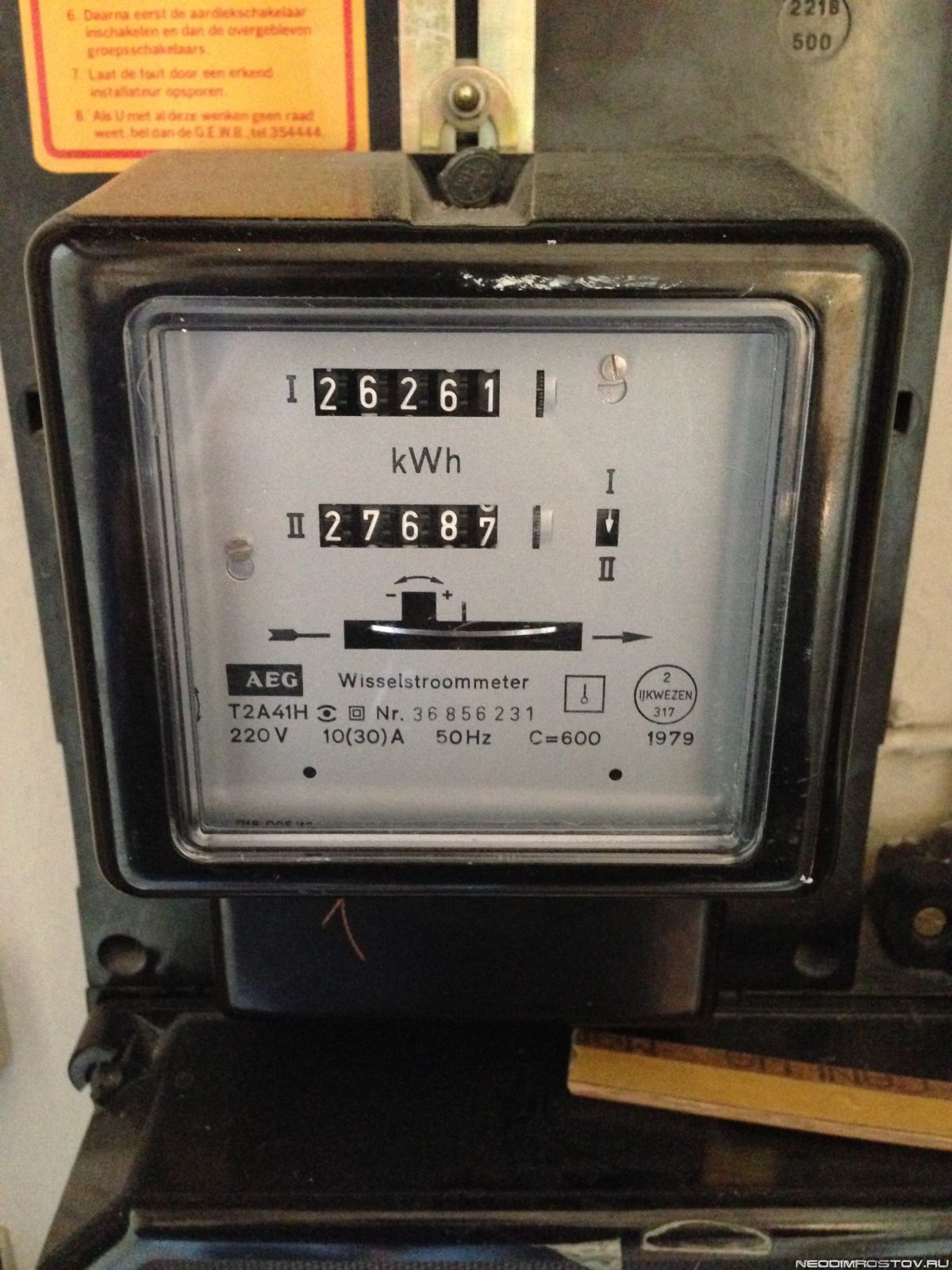Customer provided a made-in-China small electronic watt-hour meter rated for 50 cycles only (though not expressed in those exact words -- just says 50 Hz and nothing else).
I'm concerned that we'll have misreadings when monitoring 60 Hz but am unable to explain how, why or in what way. I don't have the technical background.
This thing is pretty compact and pretty cheap so I don't think it can adapt to multiple input/output frequencies. Chinese-English documentation provides no info -- except 50 Hz.
Can you engineering guys enlighten me so I don't end up having to install (probably/possibly) the wrong equipment for this application?
I'm concerned that we'll have misreadings when monitoring 60 Hz but am unable to explain how, why or in what way. I don't have the technical background.
This thing is pretty compact and pretty cheap so I don't think it can adapt to multiple input/output frequencies. Chinese-English documentation provides no info -- except 50 Hz.
Can you engineering guys enlighten me so I don't end up having to install (probably/possibly) the wrong equipment for this application?




